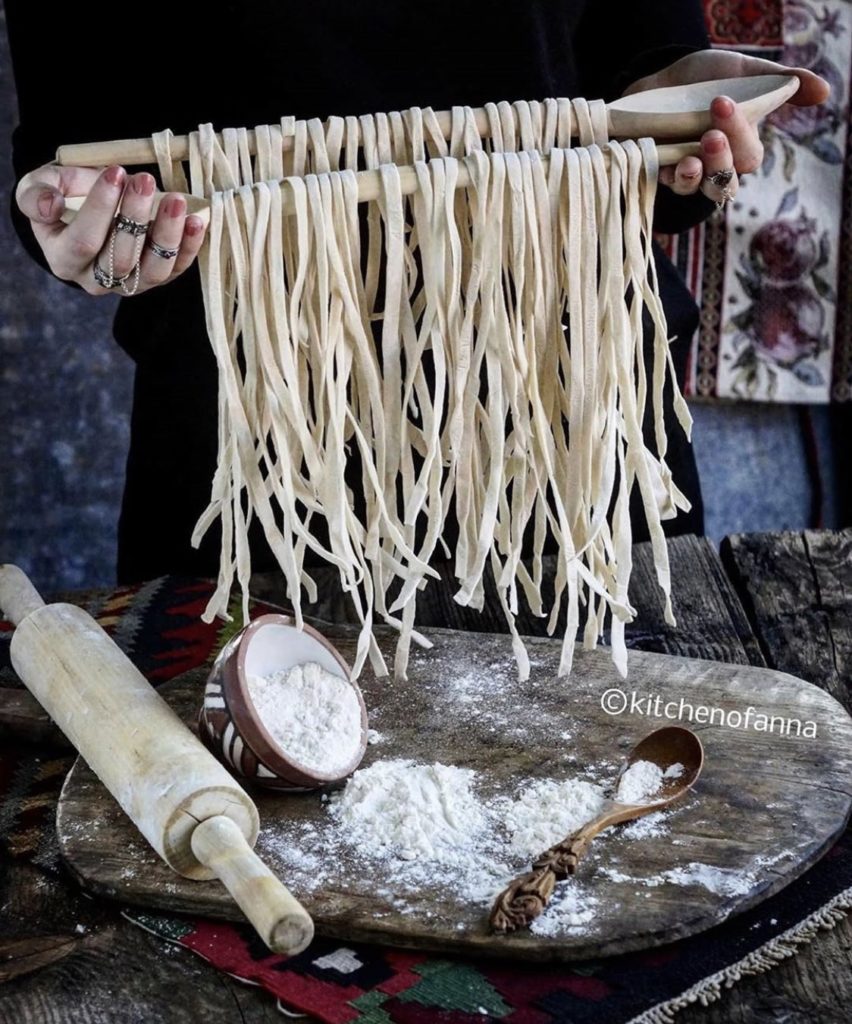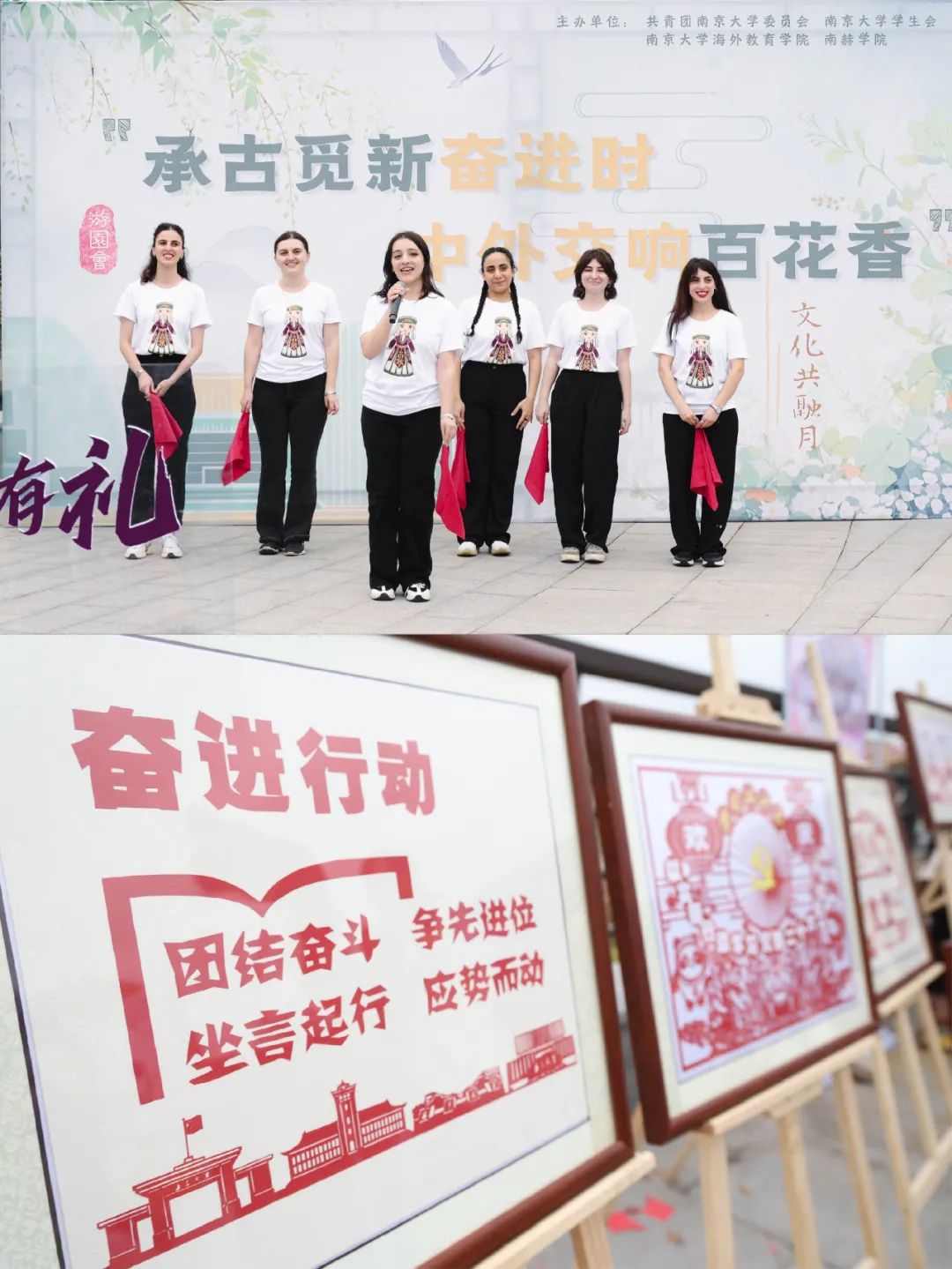
Noodles in Chinese and Armenian traditional cuisine
Zhongjiang dried noodle (面条), purely handmade, can be traced back to ancient China’s Song Dynasty (960-1297). It is well known in China as it is as thin as hair and tastes as tender as bean curd. The humid weather of Sichuan province only leaves five months to local noodle makers every year to produce the dried noodles. During the production season, noodle-makers, starting from early morning, strictly follow 18 traditional processes which usually take at least 18 consecutive hours, and will not fully finish until late night. In 2010, the making skills of Zhongjiang dried noodle was enlisted as intangible cultural heritage of Sichuan province.
Armenians, in turn, also have their noodles. Arishta is a traditional Armenian homemade noodle that is a lot thicker, than traditional European noodles and it tends to be a lot darker in color. The Armenian food is made from a very stiff dough and the ingredients are water, flavourings, and salt. It’s the perfect dish to mix with salad and other dishes as it is simple and can complement several other types of ingredients and flavours. It’s possible to order arishta everywhere in Armenia, many villagers create their own arishta at home.












